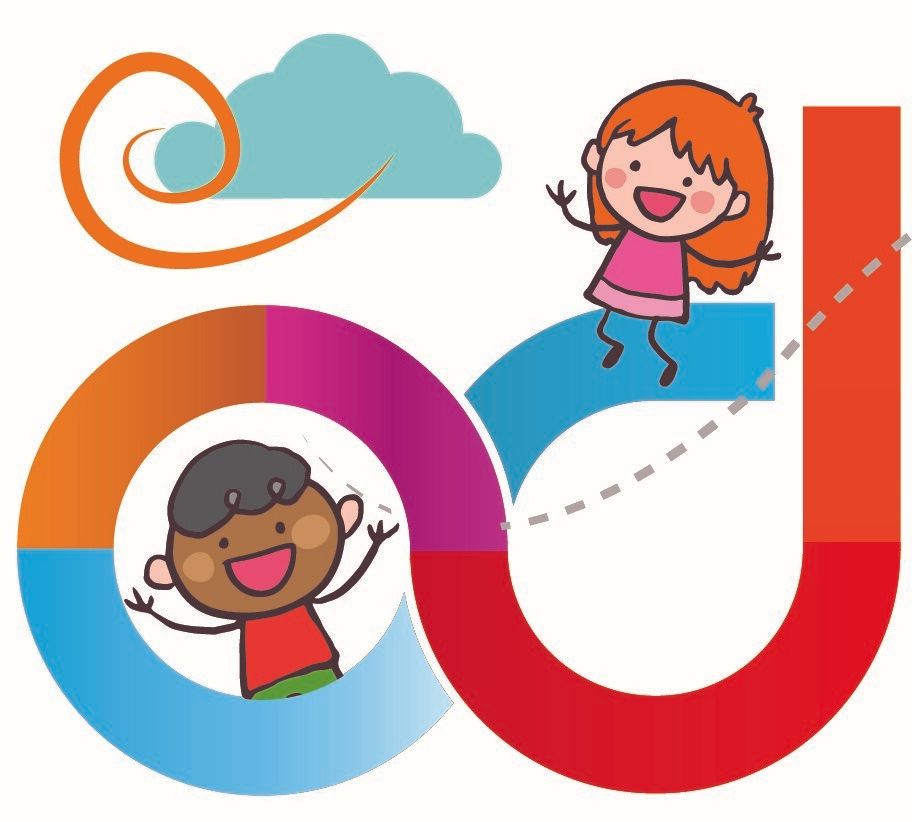EYFS FRAMEWORK
What do children learn?
At Oopsy Daisy Day Care we have a passion to provide a positive happy environment, quality setting with lots of stimulating indoor and outdoor learning.
There are 7 areas of learning and development that are included in the EYFS (Early Years Foundation Stage) statutory framework.
All of the areas are equally important as they are all interconnected. These 7 areas are used by all early years settings to shape their education programmes and to determine what children should learn and how children’s learning and development will be supported through each of these 7 areas.
The three prime areas are:
1. Communication and Language
There are two different aspects for the early learning goals for communication and language:
- Listening, Attention and Understanding
- Speaking
2. Personal, Social and Emotional Development
There are three different aspects for the early learning goals for personal, social and emotional development:
- Self-Regulation
- Managing Self
- Building Relationships
3. Physical Development
There are two different aspects for the early learning goals for physical development:
- Gross Motor Skills
- Fine Motor Skills
The Specific Areas
Early years settings must also support children’s learning and development in the specific areas.
The four specific areas are intended to also strengthen learning and development within the prime areas,
hence why the 7 areas are seen as being interconnected.
The four specific areas are:
4. Literacy
There are three different aspects for the early learning goals for literacy:
- Comprehension
- Word Reading
- Writing
5. Mathematics
There are two different aspects for the early learning goals for mathematics:
- Number
- Numerical Patterns
6. Understanding the World
There are three different aspects for the early learning goals for understanding the world:
- Past and Present
- People, Culture and Communities
- The Natural World
7. Expressive Arts and Design
There are two different aspects for the early learning goals for expressive arts and design:
- Creating with Materials
- Being Imaginative and Expressive
Activities are planned on a monthly basis and will provide opportunities for free play, group and adult led activities as well as spontaneous play that will be child-centred.



